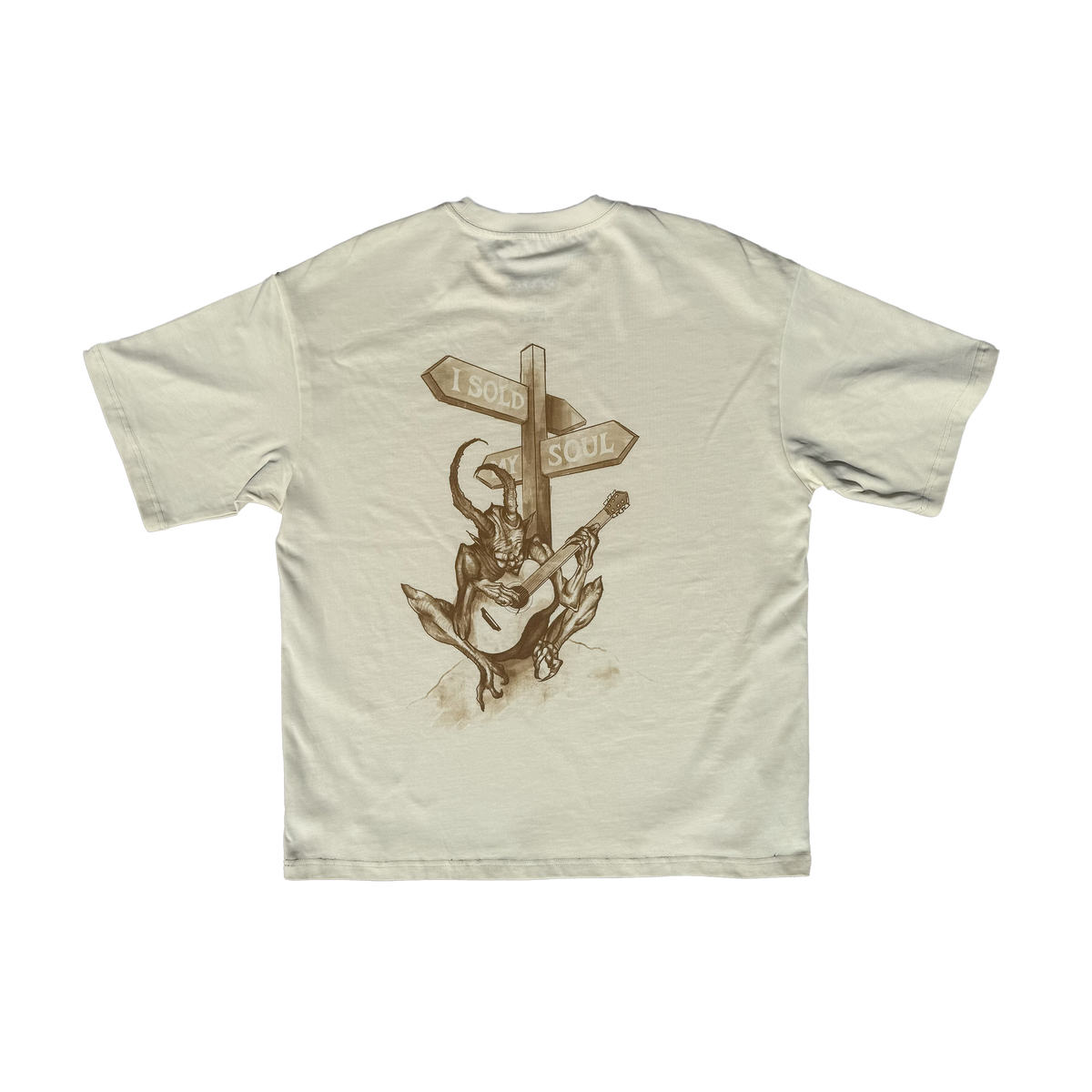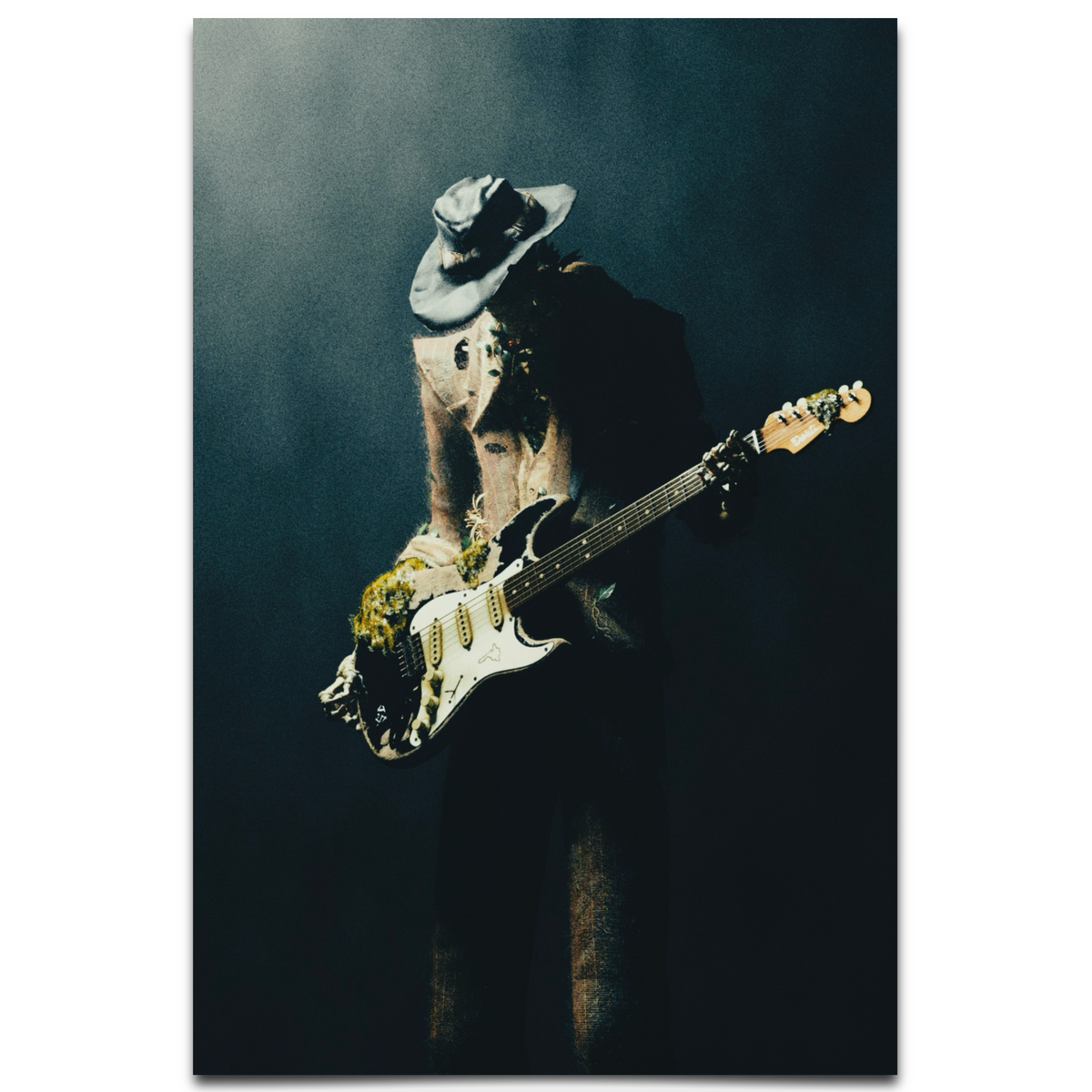Reggae music, born in Jamaica in the late 1960s, is instantly recognizable for its laid-back, groove-heavy sound. A huge part of that vibe comes from the guitar, which plays a critical role in shaping the rhythm. If you’ve ever wondered how reggae guitarists approach rhythm, it’s all about simplicity, syncopation, and locking in with the bass and drums to create that signature “skank” feel. Let’s break it down.
The “Skank” Rhythm as the Core
At the heart of reggae guitar playing is the “skank,” a short, choppy chord style played on the offbeat. Unlike most rock or pop guitar styles that emphasize downbeats, reggae guitarists hit the upbeats—think of striking the strings on the “and” between beats (1-and-2-and). This creates a bouncy, swinging feel that complements the steady pulse of the bass and drums. Typically, they use clean, muted strums with major or minor chords, keeping the sound crisp and rhythmic rather than melodic.
Syncopation and Groove
Reggae guitarists lean heavily on syncopation, playing around the main beat to add texture. They often leave space between strums, letting the bassline shine while their offbeat hits act like a rhythmic counterpoint. This interplay is key—guitarists don’t overplay or solo excessively in traditional reggae. Instead, they focus on serving the groove, almost like they’re part of the percussion section. Bob Marley’s rhythm guitarist, Junior Marvin, is a prime example of this disciplined, groove-first approach.
Minimalism and Tone
Another hallmark of reggae guitar rhythm is minimalism. Guitarists stick to simple chord progressions, often just two or three chords per song, allowing the rhythm to take center stage over complex changes. Their tone is usually clean or slightly overdriven, avoiding heavy distortion to maintain clarity in the mix. Effects like wah-wah or delay are sometimes used sparingly for flavor, but the raw rhythm always remains the focus.
Cultural and Musical Context
It’s worth noting that reggae’s rhythmic approach is deeply tied to its roots in ska and rocksteady, earlier Jamaican styles that also emphasized offbeat rhythms. Guitarists draw from these traditions, as well as African polyrhythms, to create a sound that feels both relaxed and driving. The rhythm isn’t just technique—it’s a cultural expression of “one love” and unity, mirroring the genre’s message of togetherness.
So, if you’re a guitarist looking to play reggae, start by mastering the offbeat skank, keep your playing tight and sparse, and lock in with the bass and drums. It’s less about flashy solos and more about feeling the groove. Listen to classics by The Wailers or Toots and the Maytals to hear how the guitar sits perfectly in the rhythmic pocket. With practice, you’ll capture that unmistakable reggae bounce.
























